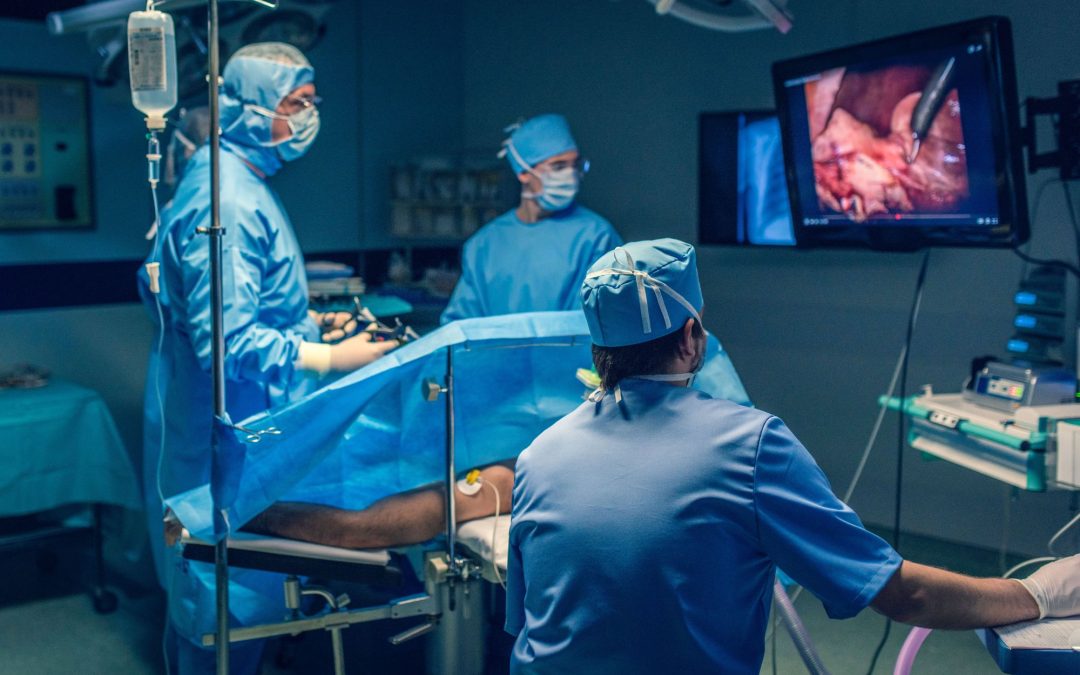Appendicitis is an inflammation of the appendix. The appendix is a small pouch attached to the intestine. It’s located in your lower-right abdomen. When your appendix becomes blocked, bacteria can multiply inside it. This can lead to the formation of pus and swelling, which can cause painful pressure in your abdomen. Appendicitis can also block blood flow.
If your appendix bursts, bacteria can spill into your abdominal cavity, which can be serious and sometimes fatal.
Symptoms of appendicitis may include:
Appendicitis pain often starts off as mild cramping in your upper abdomen or bellybutton area that then moves to the lower right quadrant of your abdomen. This pain often:
- begins suddenly.
- gets worse when you move or cough.
- is so intense that it wakes you from sleep.
- is severe and different from other abdominal pain you’ve experienced.
- worsens within a few hours.
Other symptoms of appendicitis may include:
- loss of appetite loss
- indigestion
- nausea
- vomiting
- abdominal swelling
- low-grade fever
Less commonly, you may experience bowel problems including:
- diarrhea
- constipation
- the desire to make bowel movements.
- inability to pass gas.
If you’re constipated and you suspect that you may have appendicitis, Make an appointment with your health care team.
Causes
A blockage in the lining of the appendix is the likely cause of appendicitis. This blockage can cause an infection. The bacteria then multiply quickly, causing the appendix to become inflamed, swollen and filled with pus. If not treated right away, the appendix can break open.
Appendicitis can cause serious complications, such as:
- A burst appendix. A burst appendix, also called ruptured appendix, spreads infection throughout the abdomen, a condition called peritonitis. Possibly life-threatening, this condition requires immediate surgery to remove the appendix and clean the abdominal cavity.
- A pocket of pus that forms in the abdomen. If your appendix bursts, you may develop a pocket of infection, called an abscess. In most cases, a surgeon drains the abscess by placing a tube through your abdominal wall into the abscess. The tube is left in place for about two weeks, and you’re given antibiotics to clear the infection. Once the infection is clear, you’ll have surgery to remove the appendix.



